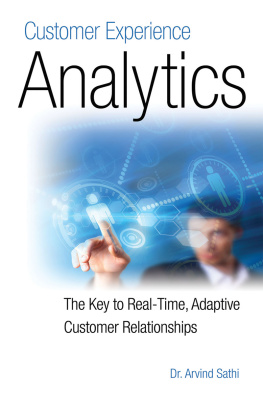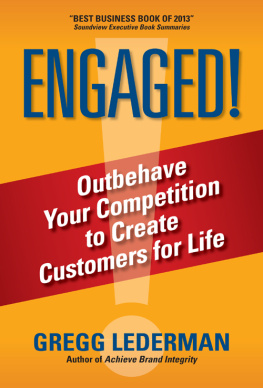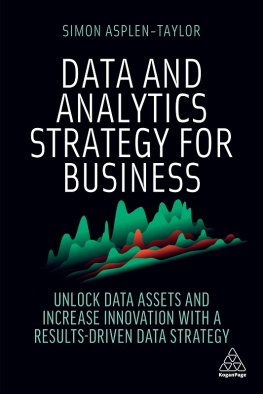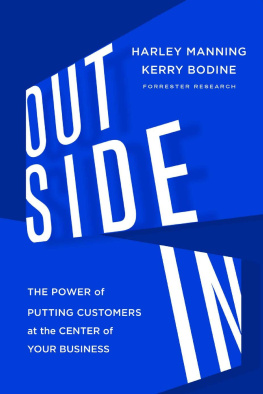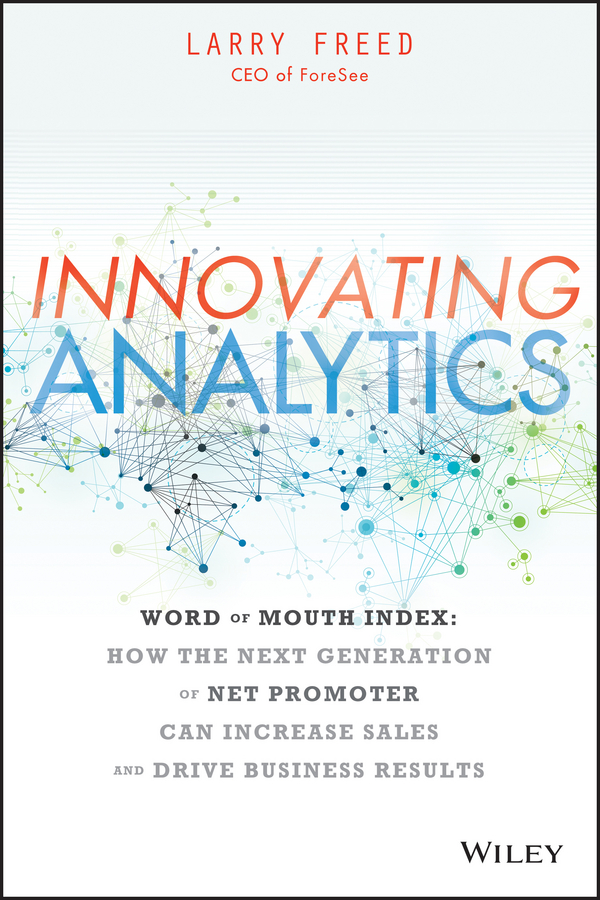Contents

Cover image: iStockphoto.com/aleksandarvelasevic
Cover design: Paul McCarthy
Copyright 2013 by Larry Freed. All rights reserved.
Published by John Wiley & Sons, Inc., Hoboken, New Jersey.
Published simultaneously in Canada.
No part of this publication may be reproduced, stored in a retrieval system, or transmitted in any form or by any means, electronic, mechanical, photocopying, recording, scanning, or otherwise, except as permitted under Section 107 or 108 of the 1976 United States Copyright Act, without either the prior written permission of the Publisher, or authorization through payment of the appropriate per-copy fee to the Copyright Clearance Center, 222 Rosewood Drive, Danvers, MA 01923, (978) 750-8400, fax (978) 646-8600, or on the web at www.copyright.com . Requests to the Publisher for permission should be addressed to the Permissions Department, John Wiley & Sons, Inc., 111 River Street, Hoboken, NJ 07030, (201) 748-6011, fax (201) 748-6008, or online at www.wiley.com/go/permissions .
Limit of Liability/Disclaimer of Warranty: While the publisher and author have used their best efforts in preparing this book, they make no representations or warranties with the respect to the accuracy or completeness of the contents of this book and specifically disclaim any implied warranties of merchantability or fitness for a particular purpose. No warranty may be created or extended by sales representatives or written sales materials. The advice and strategies contained herein may not be suitable for your situation. You should consult with a professional where appropriate. Neither the publisher nor the author shall be liable for damages arising herefrom.
For general information about our other products and services, please contact our Customer Care Department within the United States at (800) 762-2974, outside the United States at (317) 572-3993 or fax (317) 572-4002.
Wiley publishes in a variety of print and electronic formats and by print-on-demand. Some material included with standard print versions of this book may not be included in e-books or in print-on-demand. If this book refers to media such as a CD or DVD that is not included in the version you purchased, you may download this material at http://booksupport.wiley.com . For more information about Wiley products, visit www.wiley.com .
Library of Congress Cataloging-in-Publication Data:
Freed, Larry.
Innovating analytics : word of mouth indexhow the next generation of net promoter can increase sales and drive business results / Larry Freed.
pages cm
Includes index.
ISBN 978-1-118-77948-4 (cloth); ISBN 978-1-118-77949-1 (ebk);
ISBN 978-1-118-77950-7 (ebk)
1. Consumer satisfaction. 2. Marketing researchStatistical methods. 3. Word-of-mouth-advertising. 4. Internet marketing. I. Title.
HF5415.335.F74 2014
658.8'72dc23
2013025416
Introduction
In 2006, Pulitzer Prize winner Thomas Friedman of the New York Times wrote an international best seller titled The World Is Flat in which he analyzed the accelerating pace of globalization. The title encapsulated the idea that the world had increasingly become a level playing field in terms of commerce: new companies could rise to prominence in the blink of an eye and could fail as quickly. The title also described the shift required by countries, companies, and individuals to remain competitive in a global market where historic advantages were becoming increasingly irrelevant.
Friedman outlined 10 flatteners of the world, including the fall of the Berlin Wall, the development of Netscape, and the rise of search engines like Google. The tenth flattener was the most potent of them all: the steroids, which involved digital, virtual, mobile, and personal. Friedman showed that all analog content and processes (from entertainment, to photography, to word processing) were being digitized and therefore they could be shaped, manipulated, and transmitted. The virtual could be performed at high speed with total ease, the mobile could be executed anywhere and anytime, and the personal could be performed by anyoneergo more and more flatteners, such as the iPhone and iPad, Twitter, Facebook, Yelp, and on and on.
These steroids have greatly influenced the field that I study, the customer experience. To adjust Friedmans metaphor to this area, I would describe it as The World Has Turned Upside Down . There has been a dramatic shift in the relationship between companies and customers. In the twenty-first century, customers have vast amounts of information at their disposal, they have the ability to switch from one product and service to another with incredible ease, and they can broadcast their pleasure or unhappiness to thousands if not millions of others. Where consumers have freedom of choice, the companies they do business with and are loyal to will be determined by how satisfied they are with the customer experience.
In such a world, how does a CEO, manager, or entrepreneur begin to sort out what defines and drives a good customer experience and how it can be measured and made actionable?
Every smart company and every smart manager knows that an excellent customer experience always has been and should be a business goal. But without a concrete metric, customer experience efforts in the past were often nonspecific and lacking in meaning and direction. The starting point is understanding that customer satisfaction is the right measurement system to gauge the customer experience.
That is how I saw customer satisfaction when I was the vice president of e-business at Compuware, the information technology company, and when I worked in other roles at financial institutions, including chief technology officer for Bank One. Customer satisfaction efforts tended to end up like other initiatives, like TQM (total quality management), Five 9s (reliability to 99.999%), Zero Defects (striving for no quality defects), BPR (business process reengineering), and even Six Sigma (a Motorola-developed strategy utilizing quality methods and statistical analysis). Many programs sounded great, looked great, got people excited, and sometimes even added a little value, but very rarely could you quantify the impact on a companys bottom line. The average satisfaction program went the way of the dinosaur after a few months.
Similarly, traditional satisfaction studies in the past were short-lived and ineffective. Data and action plans were shared in follow-up meetings and quickly forgotten. The one exception to this morass of misinformation and forgotten efforts over the past two decades was the American Customer Satisfaction Index (ACSI) that Dr. Claes Fornell and his colleagues at the University of Michigan created. The ACSI is a macroeconomic indicator that economists use to predict gross domestic product and consumer spending at the macroeconomic and microeconomic levels. The ACSI releases customer satisfaction scores for hundreds of individual companies each year.
Established in 2001, ForeSee built on this scientific, academic work by Dr. Fornell and his partners. By taking the scientific approach of the ACSI and constructing a practical business approach on its foundation, my colleagues and I knew that properly measuring satisfaction with the customer experience could actually predict the future of a business and help companies decide where to focus their improvement efforts in order to optimize their investments and maximize their returns. More than twenty years of research gave us confidence that an effective customer satisfaction methodology could:


